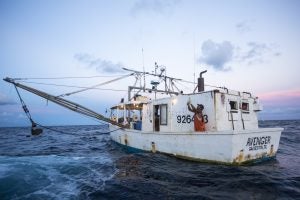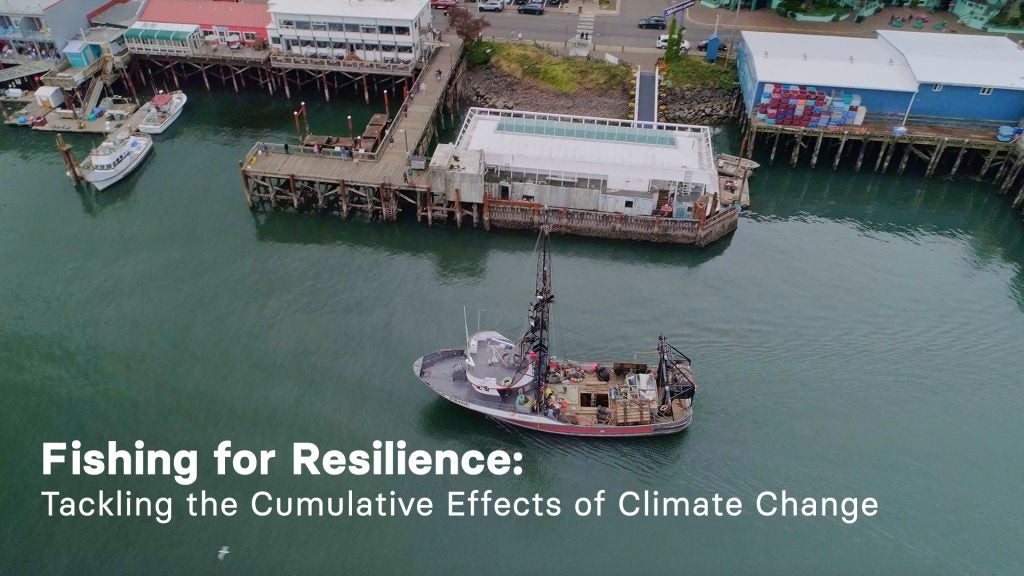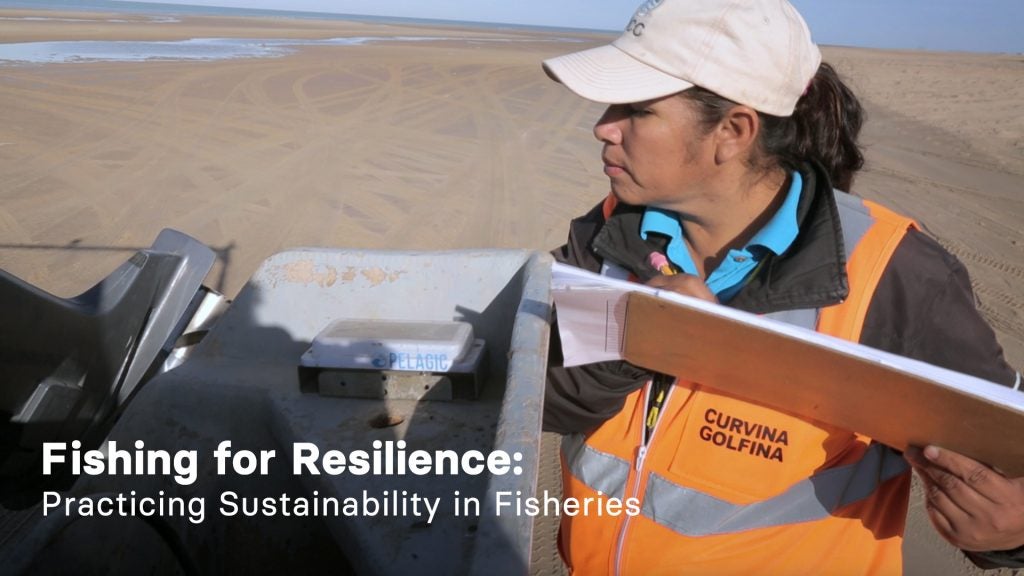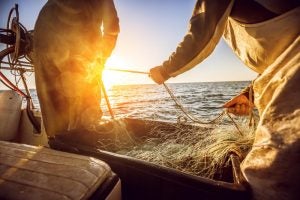Today, we’re introducing readers to the concept of climate resilience in marine fisheries through a new, three-part video series called “Fishing for Resilience.” As Environmental Defense Fund’s Senior Director for Resilient Fisheries, I played a central role in the creation of this short series — even “starring” in the videos as narrator.
Producing and narrating these videos was a bit of a personal journey for me, and not just because I had to listen to my own voice. It’s because I tried to bring this concept home, and found myself asking what climate change means to friends and family that ply the seas, what it means for my community, and what it means for the wildlife and ecosystems that I hold dear. That got me right into thinking about how to help the people, wildlife and broader ocean ecosystems that I care about in practical ways.
Make no mistake: there is plenty of wonkiness in this video series, but the hope is that this will introduce the practice of climate resilience in fisheries in order to help make sure the oceans are as well-prepared as possible for the effects of climate change.
As noted above, there are three main topics covered in this video series.
First, climate change is often only one of several things impacting an ocean ecosystem. When you add up all these factors and consider them together, the effect is a cumulative one. From this perspective, one way to counteract the effect of climate change is to deal with these other impacts. When climate change is thought of as a problem that is cumulative to other impacts, we can see that there are often many ways to help ecosystems thrive.
Second, sustainability practice has served us well where we’ve successfully deployed it — and it should continue to serve us well in the face of climate change. But we will have to deploy some of these practices differently as climate change scrambles things around. Sustainability in the face of climate change means adjusting catch levels as conditions change, shifting management across space as species move, and more.
Third is the practice of resilience, which looks a little bit different than sustainability practice but complements it. These are things that can help an ecosystem resist, recover or adapt to climate change. These include elements like ensuring diversity is present within the ecosystem, enhancing our adaptive capacity, and appropriately using buffers to hedge against unexpected shocks.
“Fishing for Resilience” is but an introduction to the topic of climate resilience in marine fisheries. We will continue to find ways to help translate the concept of climate resilience into reality and to encourage and inform stakeholders about what we can do to reach climate resilience together.
If you’re interested in learning more, take a look at Resilient Seas, an online platform providing resources to learn more about fisheries and oceans for a climate-changed world. I would also direct you to the Science for Nature and People Partnership project on climate resilience, which will be releasing additional resources along these lines in the coming months.
Now that you know more about climate resilience in fisheries, watch the series to dive deeper into the steps we can take to ensure this climate-resilient future.














